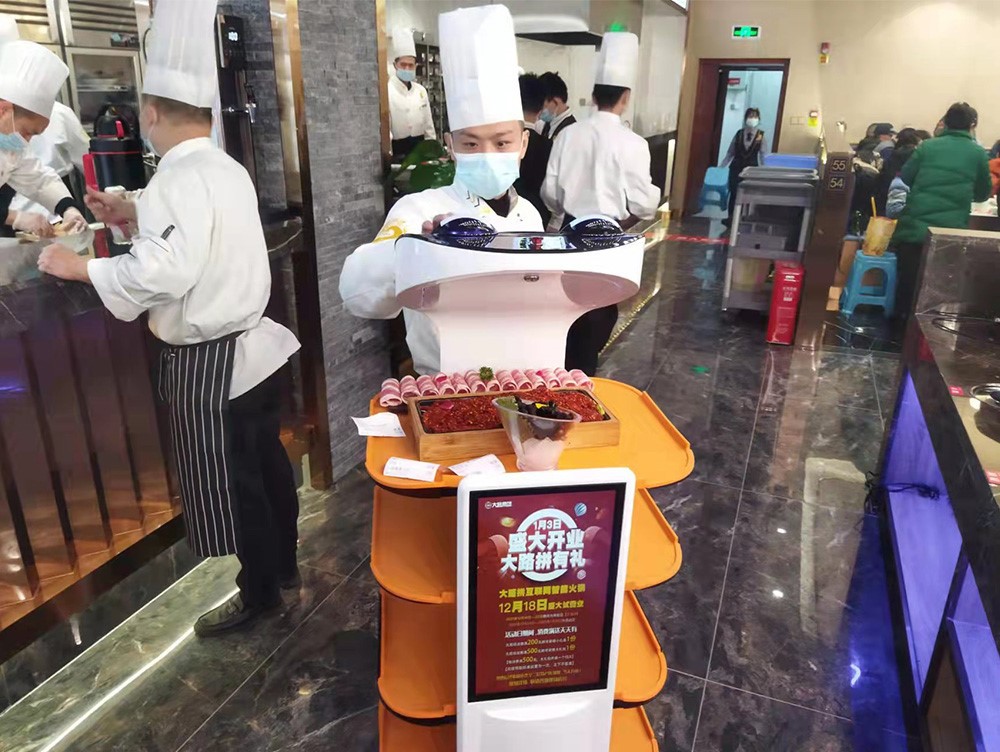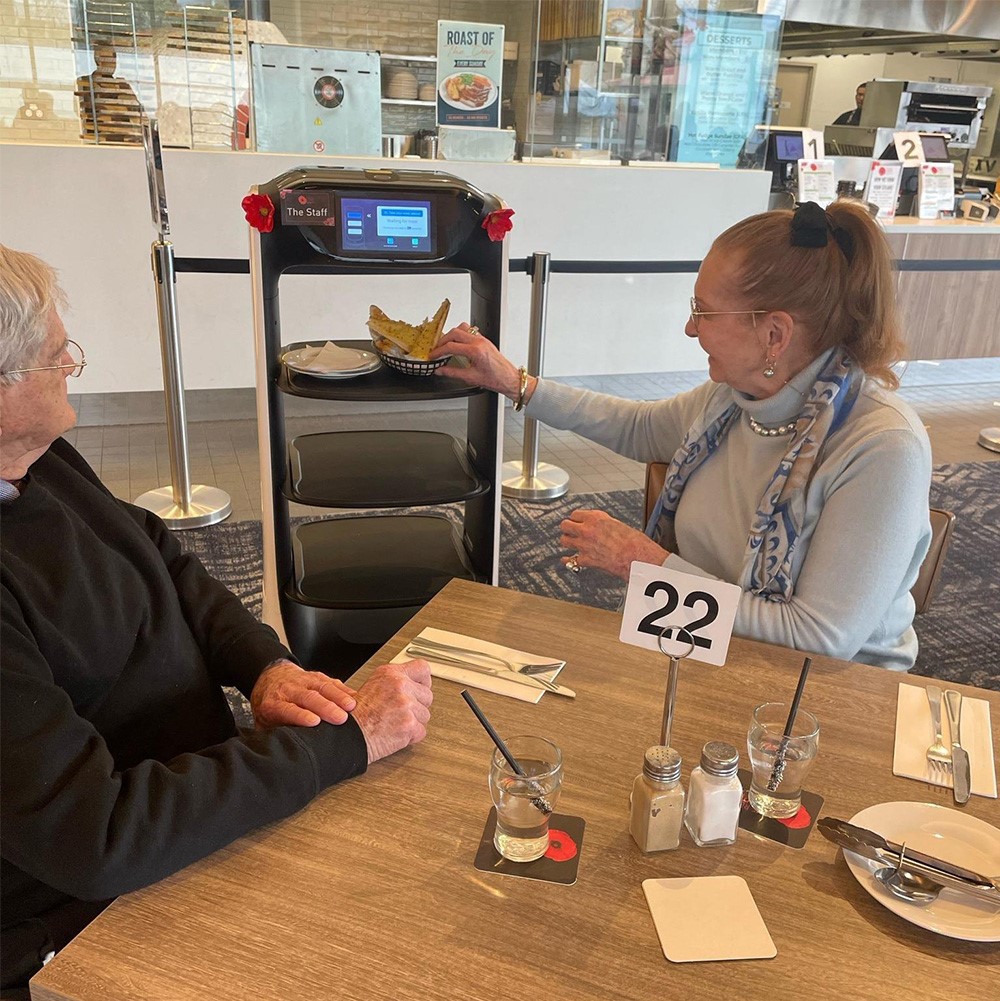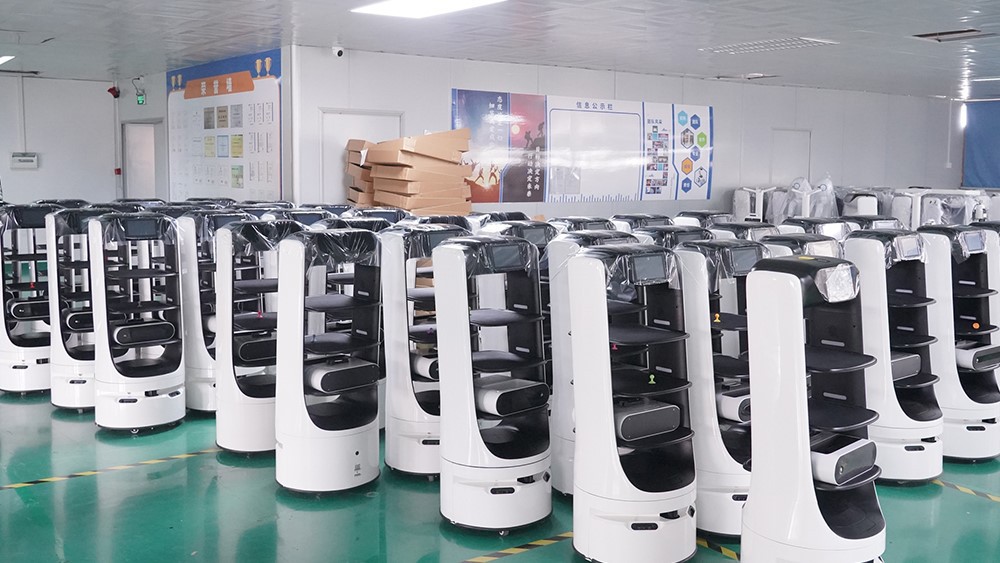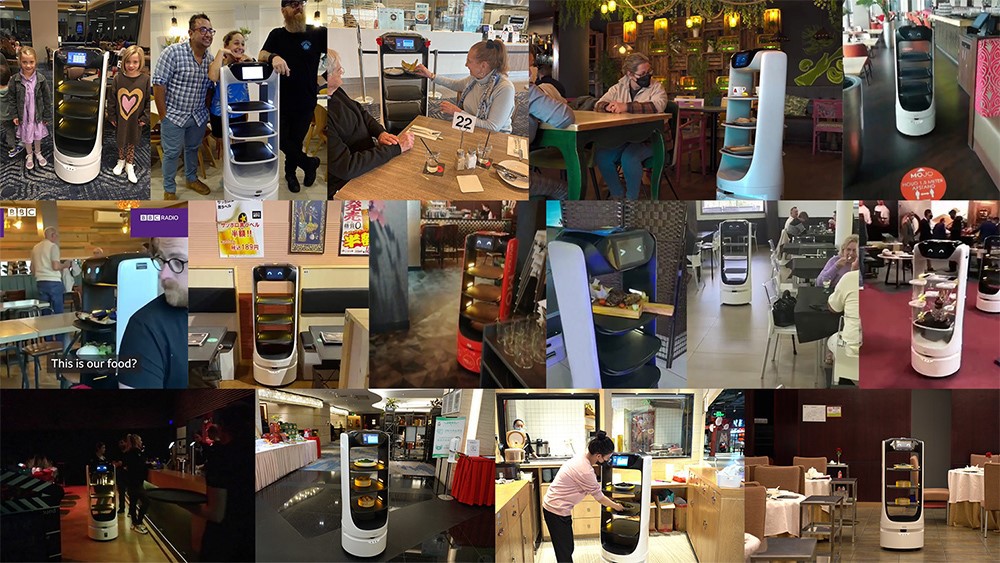Background of the birth of food delivery robots
A food delivery robot is a type of autonomous robot designed to deliver food and other small packages to customers. The concept of food delivery robots has been around for several years, and their development has been driven by advancements in robotics, artificial intelligence, and mobile technology. Companies and research institutions around the world are developing food delivery robots with the goal of making delivery more convenient, efficient, and cost-effective. Food delivery robots typically use GPS, computer vision, and other sensors to navigate roads and sidewalks, find their way to the delivery location, and safely deliver the food to the customer. The first commercial deployment of food delivery robots took place in the early 2010s, and since then the use of these robots has been growing rapidly.

The current state of development of food delivery robots
Food delivery robots are still in the early stages of development and are not yet widely available for commercial use. Some companies and universities have tested prototypes, but there are still several challenges to overcome, such as navigating complex environments, ensuring the safety of pedestrians, and developing a reliable delivery system. Additionally, there are regulatory and legal issues to be addressed, such as the operation of autonomous vehicles on public roads and liability in the case of accidents. Overall, while significant progress has been made in recent years, food delivery robots are not yet a common sight and further development and testing are needed before they become a widespread reality. Reeman robot is relatively mature, with accurate navigation and positioning and high reliability. It has been applied in more than 30 countries around the world.

In the past few years, the market for intelligent food delivery robot solutions was still in the early stages of commercialization, but in the past two years, triggered by the epidemic and the popularity of contactless service, the market demand for intelligent food delivery robots in various scenarios began to grow. 2021, the market size of intelligent food delivery robot solutions in China has reached $600 million. Looking ahead, the market size is expected to reach $3.2 billion in 2026.
Analysis of the advantages of food delivery robots
1.Increased Efficiency: Robots can move quickly and deliver food in a timely manner, reducing wait times for customers.
2.Reduced Cost: Robots don't require a salary, benefits or time off, which can result in cost savings for businesses.
3.Increased Safety: Robots can deliver food to customers without risking the spread of disease or injury to delivery workers.
4.24/7 Availability: Robots can operate around the clock, providing customers with food delivery service whenever they need it.
5.Improved Consistency: Robots can be programmed to follow a set delivery route, ensuring that food is delivered consistently and accurately.
6.Enhanced Experience: The use of robots can add a high-tech and futuristic touch to the delivery process, enhancing the overall customer experience.
As a leader in the mobile robot industry, Reeman launched food delivery robot, empowering restaurants with robots, improving service efficiency, enhancing restaurant brand marketing power and creating restaurant features.
Technology Products——Reeman food delivery robot

Reeman food delivery robot, help restaurant service to upgrade comprehensively, both sides of the drive wheels using independent suspension structure, significantly enhance the smoothness of the robot movement process, the chassis using two groups of 3D camera design, flexible obstacle avoidance without dead ends, to meet the needs of the use of a variety of complex scenes in the restaurant, improve the efficiency of food delivery, enhance the restaurant brand marketing power.
Reeman delivery robots always adhere to the "customer-centric", dig deep into customer needs, solve user "pain points", constantly adapt to market changes, optimize the quality of products and services, adhere to the technology to empower, continue to create a full range of robot intelligent solutions for customers.

The future trend of food delivery robots
The trend of food delivery robots is expected to grow in the future as advancements in technology continue to make them more efficient, cost-effective and accessible. With the increasing demand for fast and convenient food delivery services, the use of robots in this field can help reduce delivery times and improve customer satisfaction. The development of autonomous vehicles and the integration of AI and machine learning can further enhance the capabilities of food delivery robots and make them even more sophisticated. However, there are still challenges to overcome, such as regulatory issues, safety concerns, and the need for infrastructure development. Despite these challenges, the future of food delivery robots looks promising, and they are likely to play a significant role in the food delivery industry in the coming years.

